Halloween, a beloved and spine-tingling holiday celebrated annually on October 31st, has evolved into a rich tapestry of traditions, customs, and superstitions over the centuries. While many people today partake in Halloween festivities, the origins and reasons behind these traditions often remain obscured by the mists of time. In this comprehensive article, we will dive into the most enduring Halloween traditions, shedding light on their historical significance and exploring why people continue to engage in these eerie rituals.
Table of Contents
ToggleCostume Dressing: Transforming into Spirits and Creatures
Origins: Costume dressing during Halloween dates back to the ancient Celtic festival of Samhain, which marked the end of the harvest season and the beginning of winter. People believed that on this night, the boundary between the living and the dead was blurred, making it easier for spirits to cross over. To avoid being recognized by these spirits, people dressed in costumes and masks to blend in with the otherworldly beings.
Why We Do It: Today, costume dressing remains a central Halloween tradition, allowing people to temporarily become someone or something else. It taps into our primal desire for transformation, creativity, and self-expression. Dressing up as witches, ghosts, vampires, or even pop culture icons lets us step into the shoes of our favorite characters or explore our darker, spookier sides.
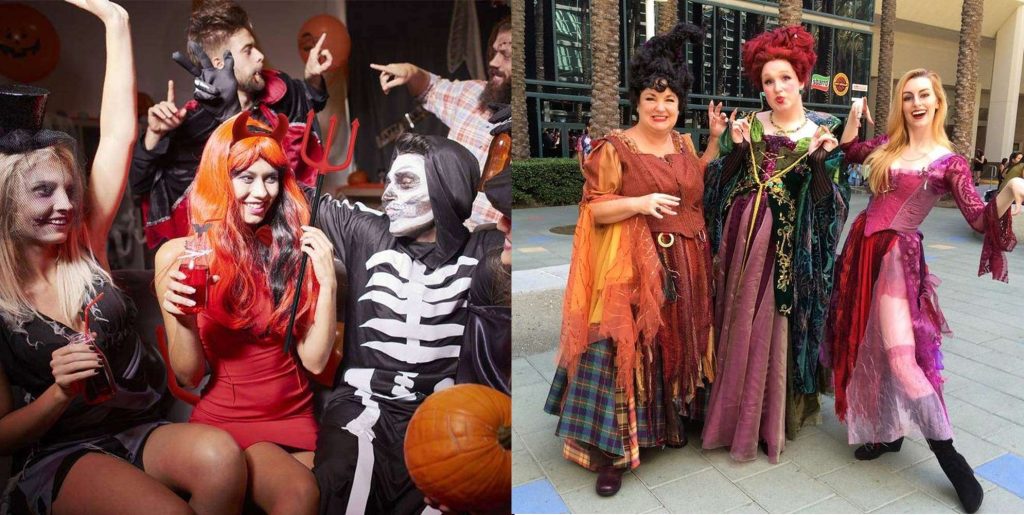
Jack-o’-Lanterns: Warding Off Malevolent Spirits
Origins: The practice of carving vegetables into lanterns with grotesque faces dates back to the Irish folktale of Stingy Jack. According to legend, Jack was a notorious trickster who managed to outsmart the Devil twice. When Jack died, neither Heaven nor Hell would accept his soul. He was doomed to wander the Earth with a lantern made from a hollowed-out turnip, a symbol of his lost soul. To ward off spirits like Jack, people in Ireland and Scotland began carving their own lanterns from turnips and later pumpkins.
Why We Do It: Carving jack-o’-lanterns has become a creative and communal activity that brings families and friends together. Beyond the folklore, these eerie lanterns have become iconic symbols of Halloween, lighting up doorsteps and warding off evil spirits, even if it’s just in our imaginations.
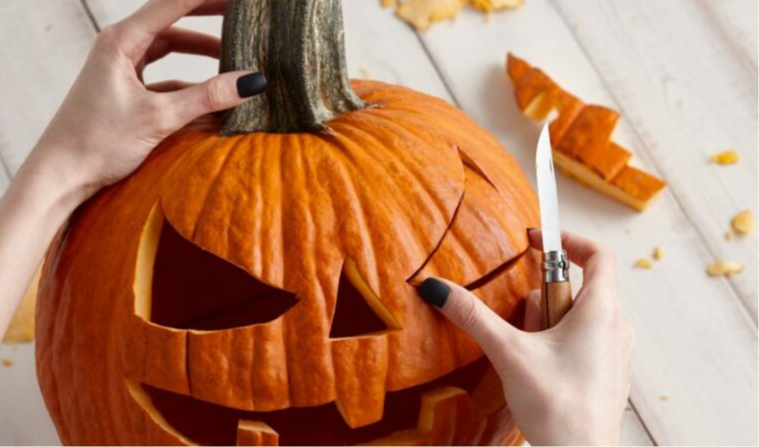
Trick-or-Treating: From Soul Cakes to Candy Bonanzas
Origins: The origins of trick-or-treating are intertwined with various customs from Europe. One such tradition is “souling,” which dates back to medieval Britain. On All Souls’ Day (November 2nd), the poor would go door to door, offering to pray for the deceased in exchange for small cakes called “soul cakes.” In North America, the practice evolved into “guising,” where children would dress up and perform tricks for treats. The phrase “trick-or-treat” itself began in the United States during the early 20th century.
Why We Do It: Trick-or-treating is a cherished Halloween tradition that combines elements of generosity, community, and childlike wonder. It allows children to experience a sense of adventure, collect sweet treasures, and interact with their neighbors. The act of giving candy to trick-or-treaters symbolizes the idea of sharing the harvest’s bounty and fostering a sense of unity within the community.
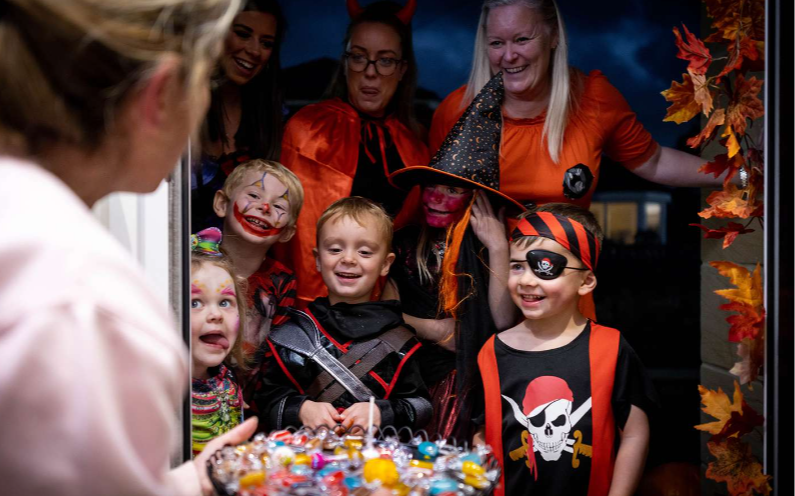
Bobbing for Apples: A Game of Fate and Romance
Origins: Bobbing for apples is believed to have originated in ancient Rome as a fertility ritual. It was later incorporated into Halloween celebrations in Europe, particularly in the British Isles. In this tradition, apples, symbolizing knowledge and love, are floated in a tub of water. Participants, often blindfolded, try to grasp an apple with their teeth. The first person to successfully bite an apple would be the next to marry.
Why We Do It: Bobbing for apples is a charming and nostalgic Halloween tradition that hearkens back to a simpler time. While its romantic origins may have faded, it remains a delightful party game that brings laughter and a touch of whimsy to Halloween gatherings.
Haunted Houses: Confronting Fear for Fun
Origins: The concept of haunted houses has roots in the age-old fascination with the supernatural and the macabre. People have always been drawn to stories of ghosts and spirits, and this fascination led to the creation of haunted houses as a form of entertainment. The first recorded haunted house attraction dates back to the 19th century when a Parisian showman named Victor Maurel staged a “chamber of horrors.”
Why We Do It: Haunted houses offer an adrenaline-pumping experience where people can willingly immerse themselves in a world of fear and suspense, all in the spirit of fun. It’s a chance to confront our deepest fears in a controlled environment, providing a thrilling rush without real danger. People flock to haunted houses seeking the thrill of being scared while knowing they are ultimately safe.
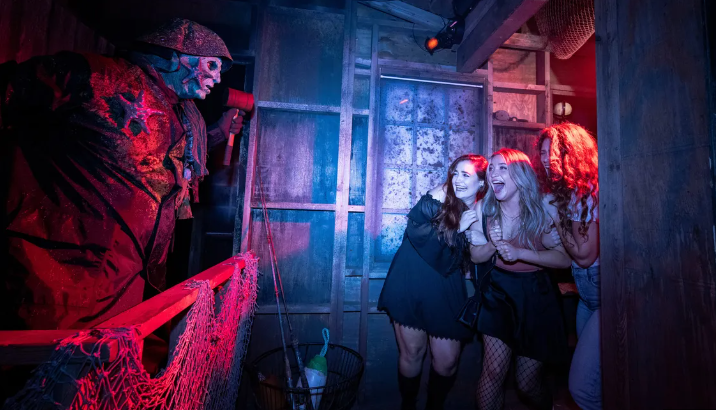
Witchcraft and Spells: Recreating Ancient Rituals
Origins: Witches have been a central part of Halloween’s mystique since its inception. Halloween, derived from the Celtic festival of Samhain, was a time when it was believed that the veil between our world and the spirit world was thin. Witches were thought to hold extraordinary powers during this time, and they were often associated with divination, healing, and magic.
Why We Do It: Modern Halloween embraces the supernatural and the mysterious, and the practice of dressing as witches and performing mock spells taps into our fascination with magic and the unknown. It’s a way of acknowledging the historical significance of witches during this time while also engaging in playful, theatrical expressions of enchantment.
Scary Movies and Stories: Thrills and Chills
Origins: The tradition of watching scary movies and sharing ghost stories around the campfire during Halloween is a natural extension of our fascination with the eerie and the unexplained. Ghost stories, in particular, have been a part of human culture for centuries, with tales of restless spirits and haunted places dating back to ancient civilizations.
Why We Do It: Watching scary movies and sharing spooky stories during Halloween taps into our desire for adrenaline and suspense. These traditions allow us to experience fear and excitement in a safe and controlled environment. Additionally, they foster a sense of togetherness as friends and family huddle together for shared shivers and screams.

Dia de los Muertos: Honoring Ancestral Spirits
Origins: Dia de los Muertos, or the Day of the Dead, is a tradition with deep roots in Mexican culture. It combines indigenous beliefs with Catholicism and is celebrated from October 31st to November 2nd, coinciding with Halloween. During this time, families create ofrendas (altars) to honor deceased loved ones, decorate sugar skulls, and visit gravesites.
Why We Do It: While Dia de los Muertos and Halloween are distinct holidays, they share similarities in their emphasis on remembering and honoring the dead. For many, celebrating Dia de los Muertos is a way to connect with their cultural heritage and pay tribute to ancestors. It reminds us of the importance of remembering those who came before us and the significance of family bonds.
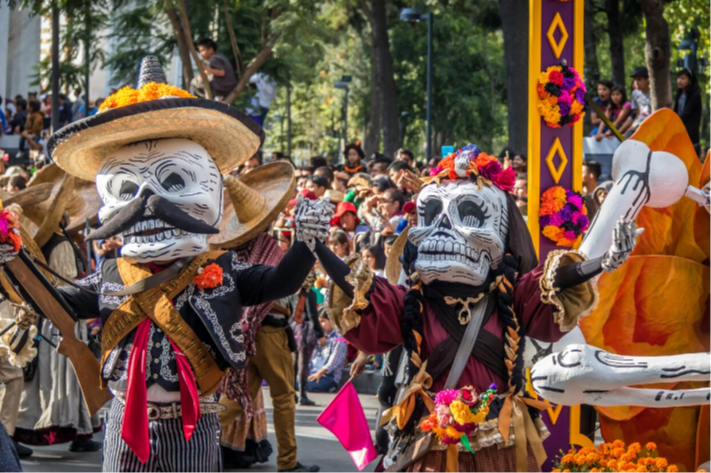
Which Halloween Traditions are you gonna do this year?
Halloween, with its diverse tapestry of traditions and customs, continues to captivate and mystify people around the world. From the ancient origins of costume dressing and jack-o’-lanterns to the modern thrills of haunted houses and scary movies, these traditions offer a glimpse into the human fascination with the supernatural, transformation, and community. Whether it’s the playful escapism of dressing up, the eerie allure of ghost stories, or the heartfelt remembrance of ancestors, Halloween traditions are a reflection of our collective imagination, creativity, and enduring connection to the mysteries of the night. As we celebrate Halloween each year, we carry forward these traditions, keeping alive the magic and wonder that have enchanted generations for centuries.


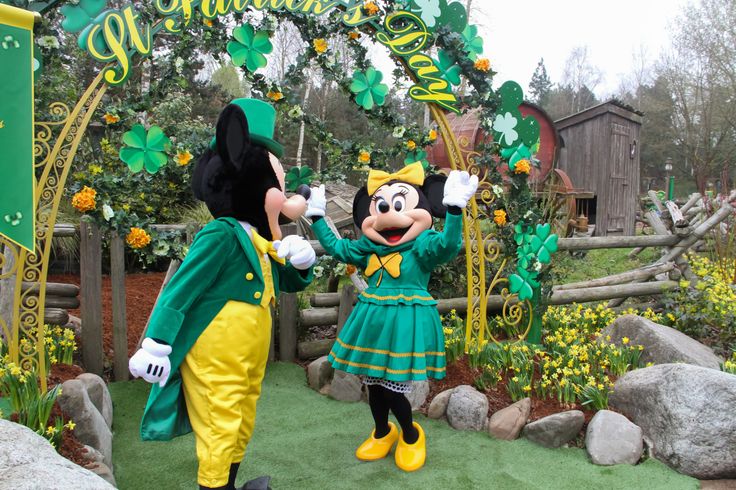


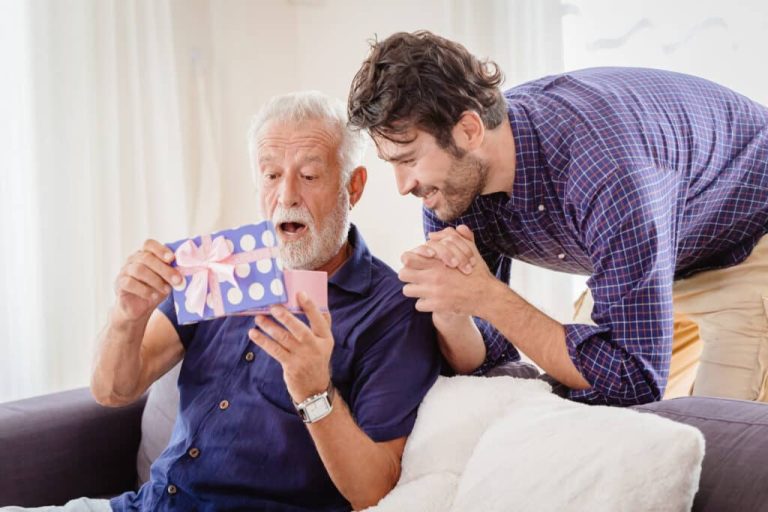
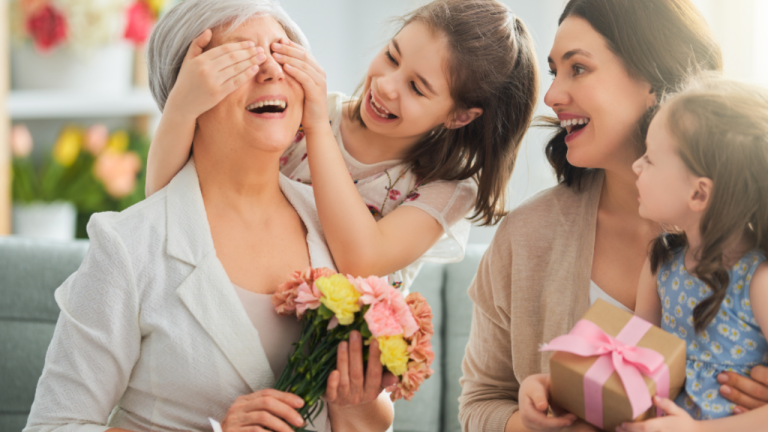



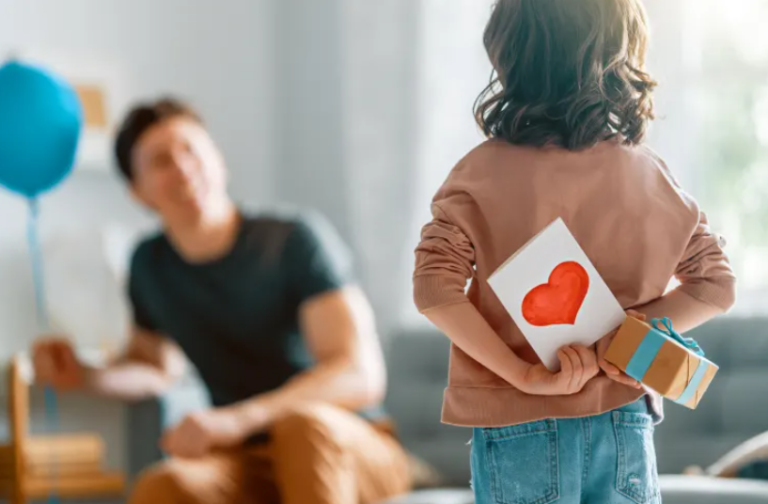



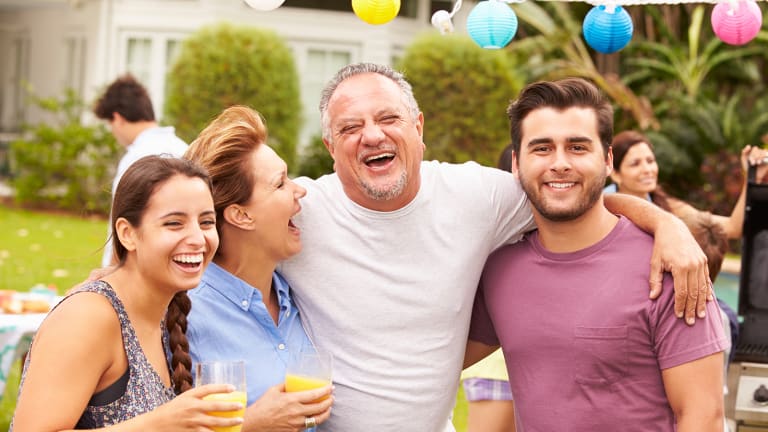
+ There are no comments
Add yours